Pineapple-Sized Hail in Texas Likely Sets Size Record
On June 2, 2024, Val and Amy Castor, veteran storm chasers with KWTV in Oklahoma City, discovered a massive hailstone in the Texas Panhandle. They found this enormous piece of hail along the side of the road near Vigo Park while chasing a major thunderstorm system.
The hailstone’s size was immediately apparent and drew their attention from a distance.
Description of the Hailstone
Val Castor described the hailstone as being about the size of a pineapple, which is extraordinary when it comes to hail.
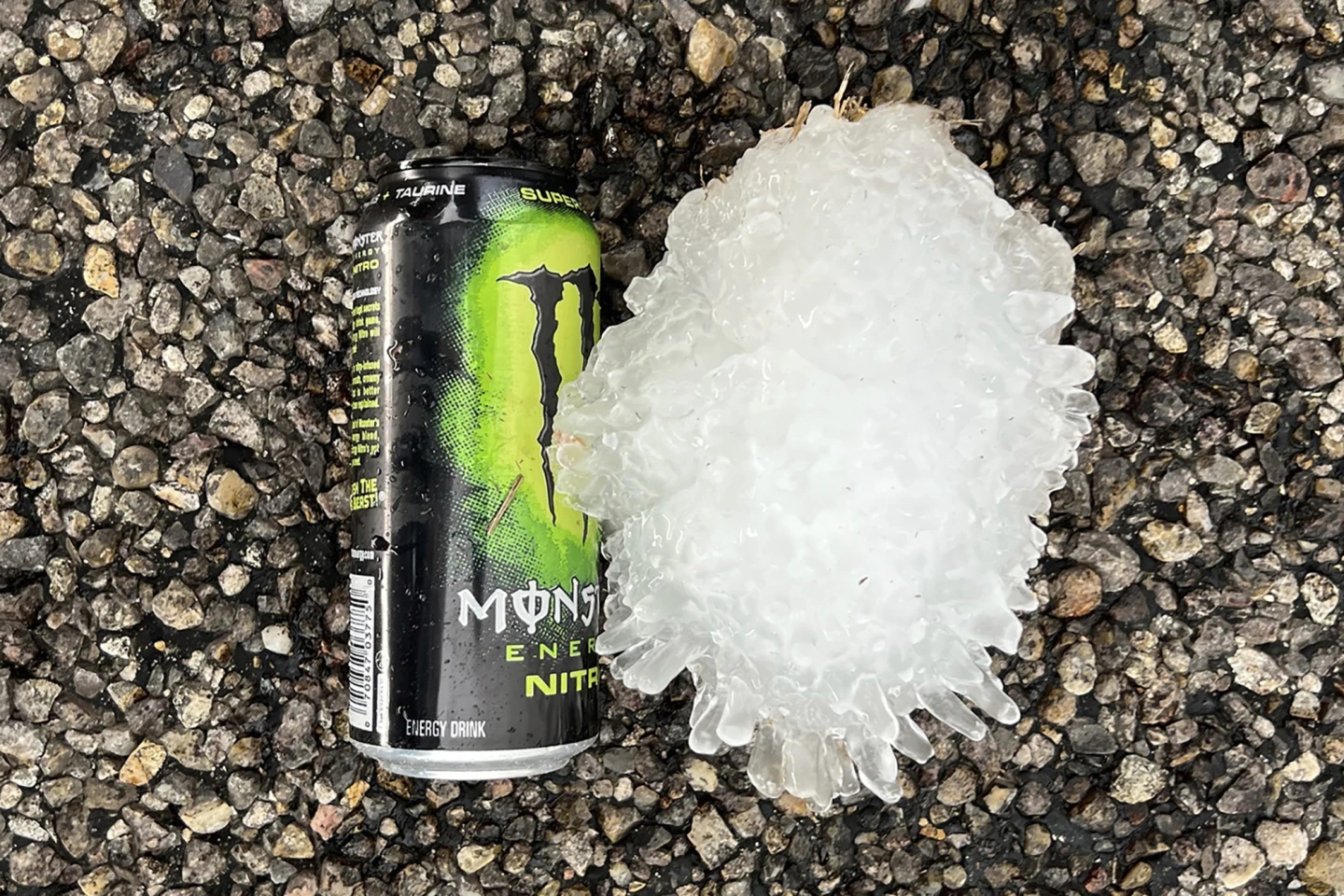
Source: Val Castor/KWTV via AP
“That’s the biggest hail I’ve ever seen, and I’ve been chasing storms for more than 30 years,” Castor said. The hailstone measured over 7 inches in length, making it one of the largest ever seen in Texas.
The Chase and the Find
During their chase, the Castors encountered several baseball-sized hailstones that pelted their vehicle. One of these hailstones even cracked their windshield.
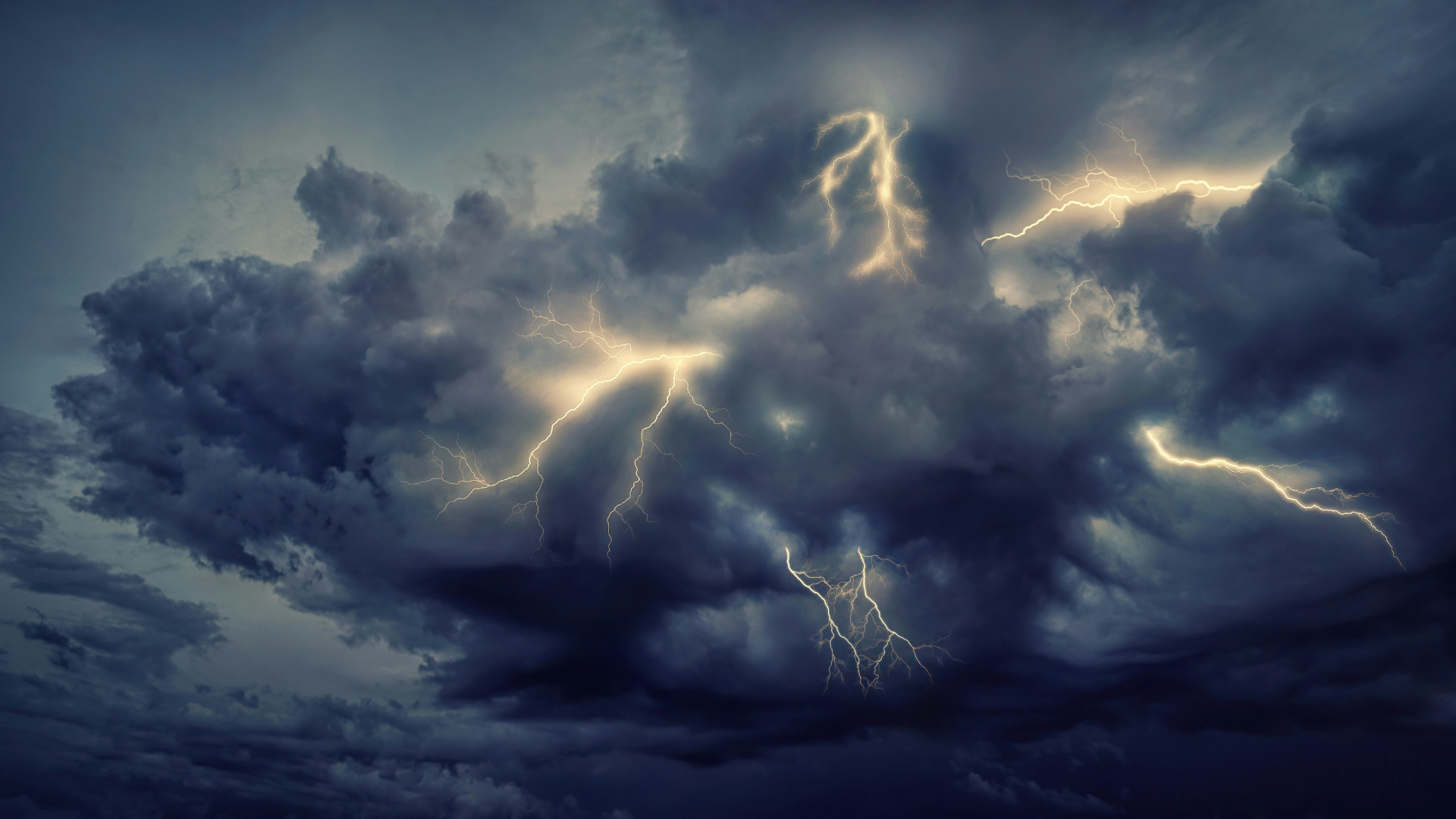
Johannes Plenio/Unsplash
Despite the chaos, Val spotted the massive hailstone from about 100 yards away, lying in a ditch.
Potential State Record
This hailstone is believed to top the current Texas state record of 6.4 inches, found in Hondo in 2021.

Source: Pete Alexopoulos/Unsplash
To officially confirm this new record, a team of researchers, including the Texas state climatologist, will examine the hailstone.
Comparison to National Record
The largest hailstone recorded in the United States had a diameter of 11 inches and weighed nearly 2 pounds. This record-setting hailstone was discovered near Vivian, South Dakota, in July 2010.
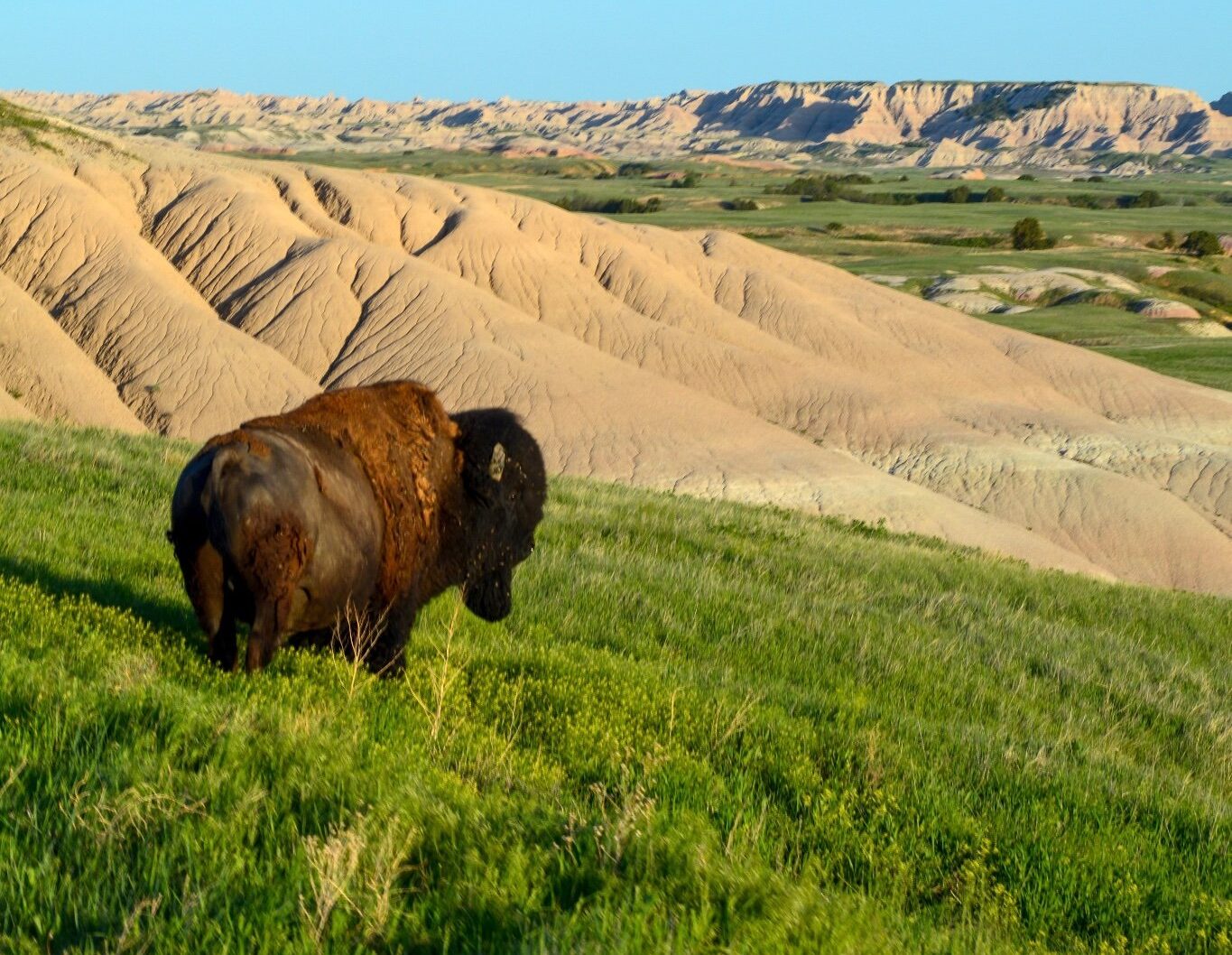
Source: Jack Kendrick, X
While the Texas hailstone is smaller, its impressive size still places it among the largest ever documented in the country.
Hail Formation Explained
Hailstones form in strong thunderstorm clouds with intense updrafts. These updrafts carry water droplets upward, where they freeze and accumulate layers of ice.
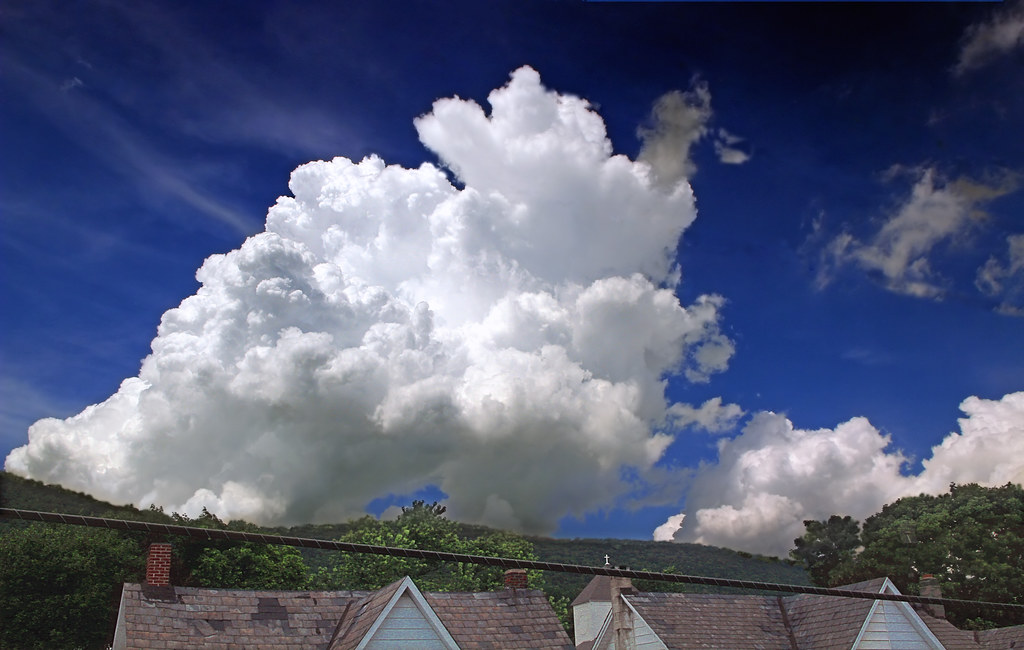
Source: Nicholas_T/Flickr
The hailstone grows larger as it is tossed up and down within the cloud until it becomes too heavy and falls to the ground.
Impact of Large Hailstones
Large hailstones can cause significant damage to property and crops. The hailstone that cracked Val Castor’s windshield is a prime example of its destructive power.
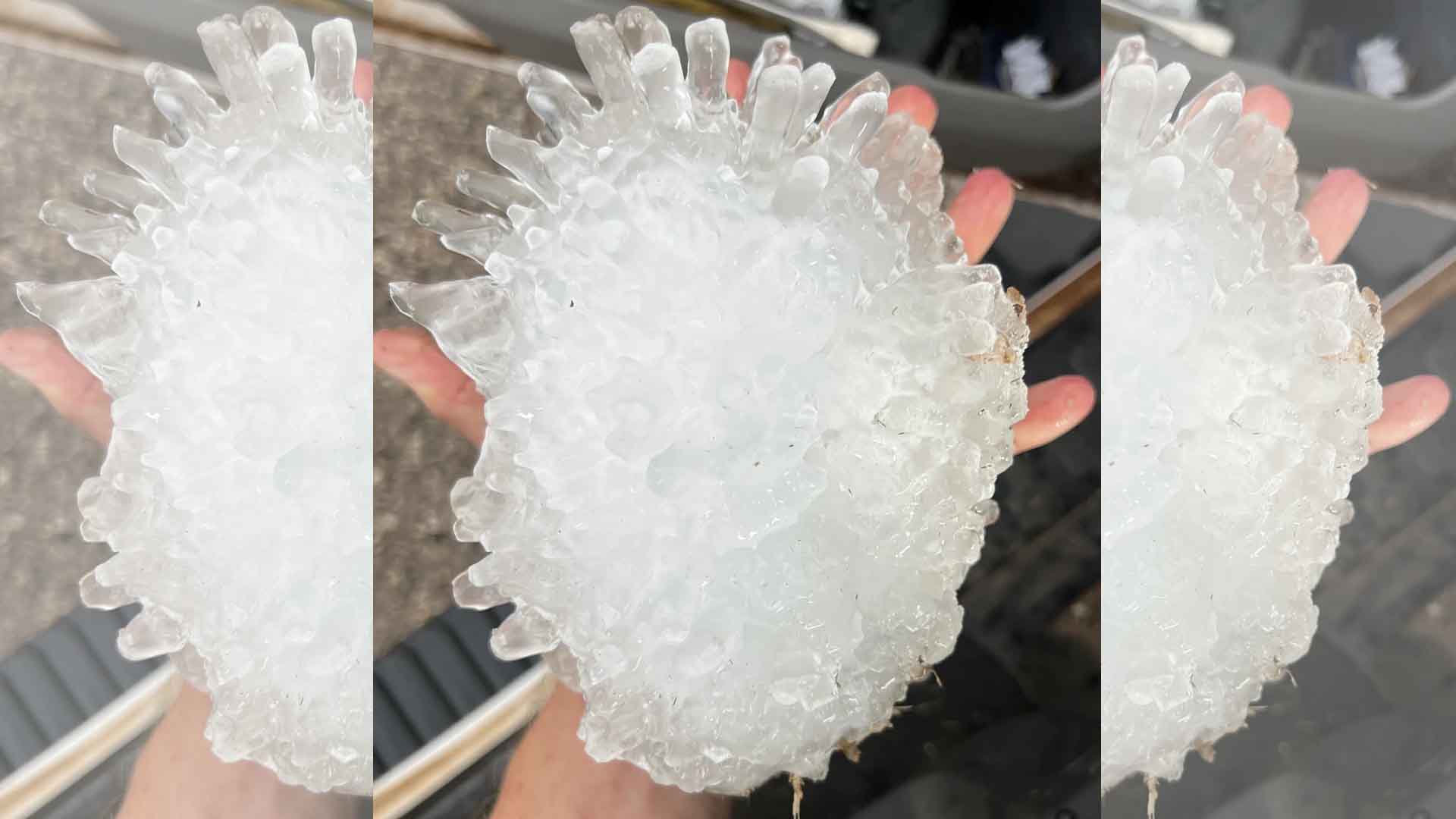
Source: Val Castor/KWTV via AP
In severe cases, hailstones can also pose a danger to people and animals caught outside during a storm, emphasizing the importance of weather warnings and precautions.
The Role of Storm Chasers
Storm chasers like Val and Amy Castor play a crucial role in documenting and understanding severe weather phenomena. By capturing real-time data and observations, they help meteorologists improve weather prediction models.
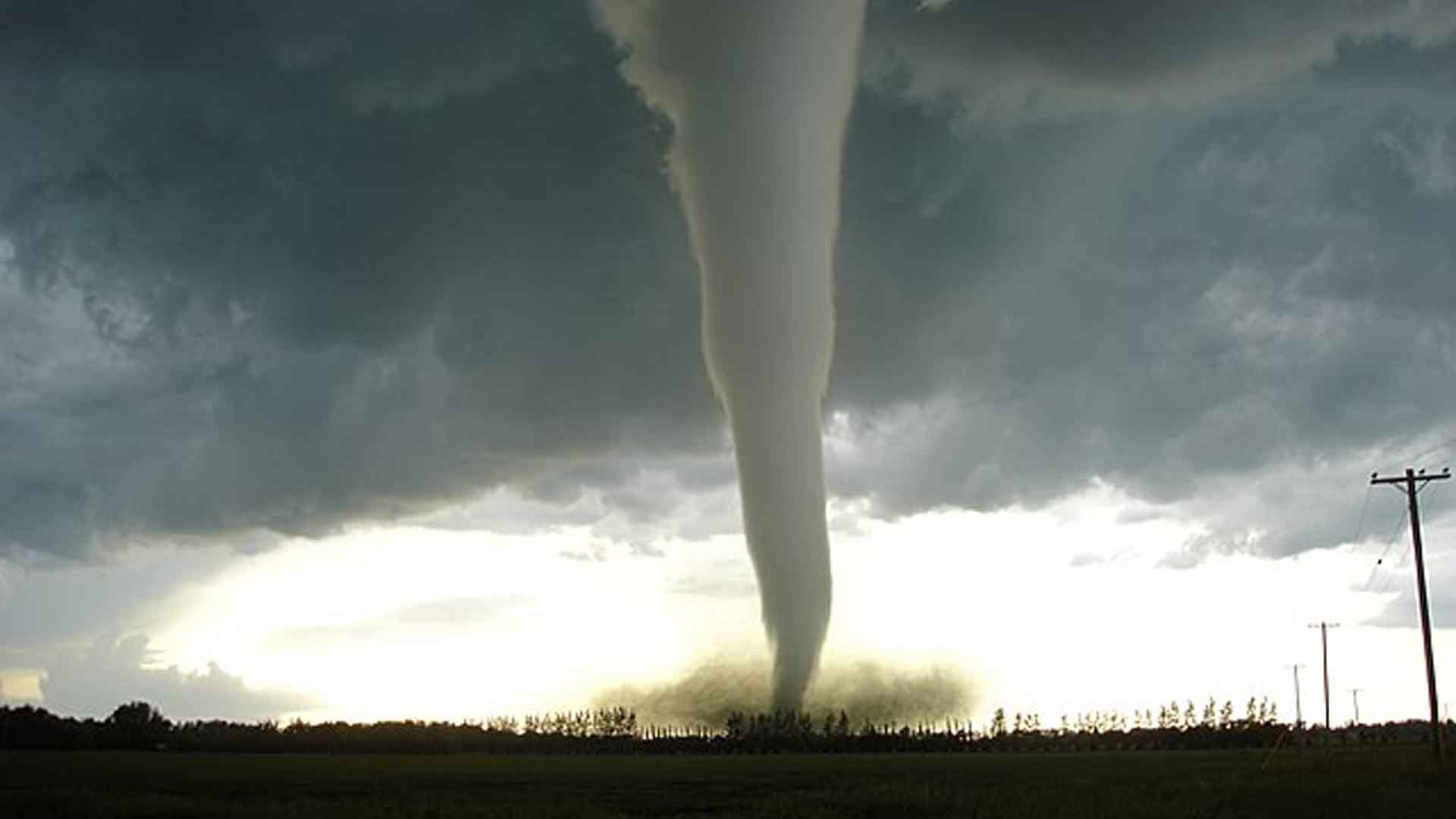
Source: Wikimedia Commons
Their efforts also contribute to public safety by providing early warnings and valuable information about impending storms.
Hailstone Verification Process
To verify the hailstone’s record status, it will be carefully examined by meteorologists and researchers. This involves taking precise measurements and comparing them to previous records.

Source: Wikimedia
The Texas state climatologist will be part of the team conducting this verification, ensuring that all standards and protocols are met for accurate documentation.
The Science Behind Hailstone Sizes
The size of hailstones is influenced by several factors, including the strength of the updrafts in the thunderstorm, the duration of the storm, and the availability of supercooled water in the cloud.

Source: Wikimedia
Stronger updrafts and longer storm durations allow hailstones to grow larger before falling to the ground, as was likely the case with the Texas hailstone.
Texas' Hail History
Texas has a history of large hailstones, with several notable records over the years. This new discovery adds to the state’s legacy of extreme weather events.
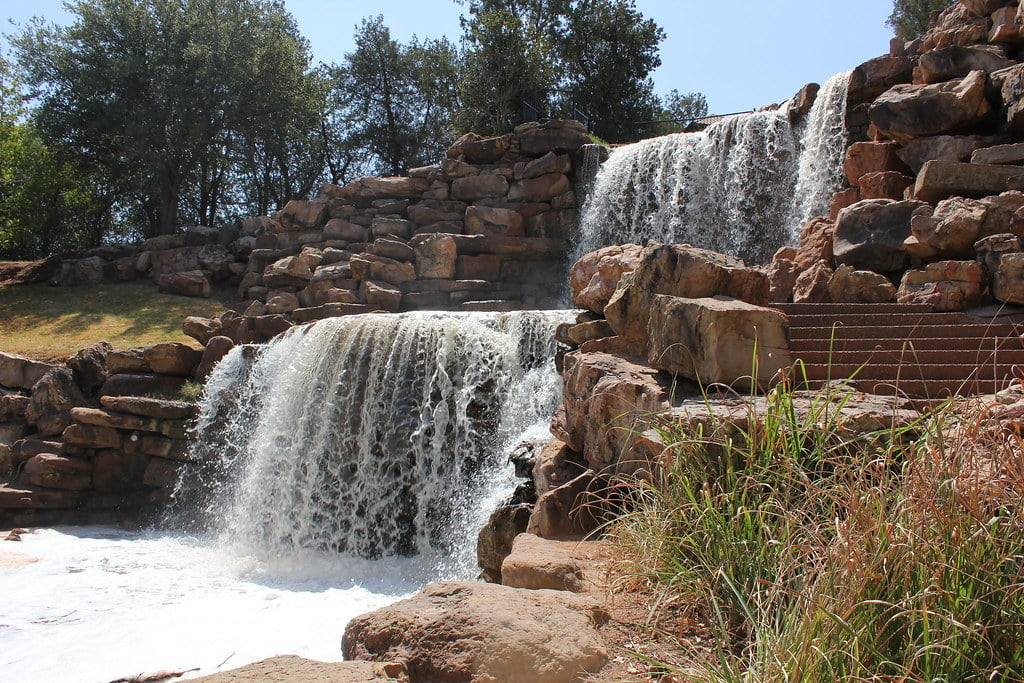
Source: Nicolas Henderson/Flickr
The recent find by the Castors could set a new benchmark, highlighting the state’s susceptibility to severe hailstorms.
Future Predictions
As climate patterns evolve, scientists predict changes in the frequency and intensity of severe weather, including hailstorms. Continued research and storm tracking are essential for understanding these changes and preparing for future events.

Source: Wikipedia
The discovery of the pineapple-sized hailstone shows the importance of ongoing meteorological studies and the valuable contributions of storm chasers.
